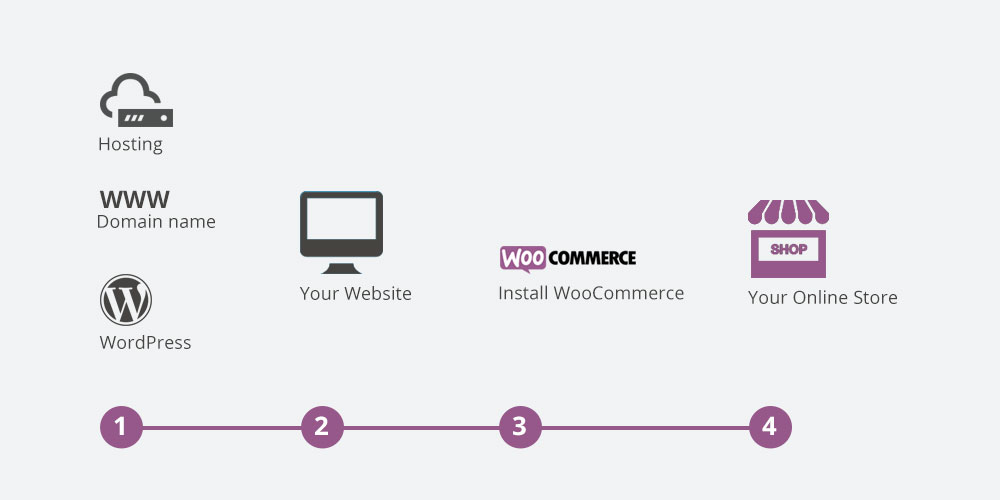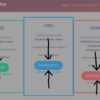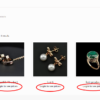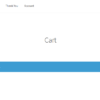
WooCommerce is a free software that allows WordPress users to sell products or services directly from their own website.
It is one of the best WordPress ecommerce solutions for building and growing an online business.
It became hugely popular due to its flexibility and simplicity, as well as the variety of free and premium add-ons and a massive developer community. It is a dominating force in the global ecommerce world and accounts for over 20% of the total market share as of 2023.
In this post, we’ll take a look at the WooCommerce history, as well as its pros and cons as an ecommerce software.
Who Owns WooCommerce?
WooCommerce was founded by South Africa based WordPress theme shop WooThemes. They hired Mike Jolley and James Koster to work on a fork of the former WordPress plugin Jigoshop, which they later re-branded as WooCommerce.
Due to its tremendous success, WooCommerce was later acquired by Automattic, parent organization of WordPress, for $30 million.
WooCommerce History In Numbers
- September 27, 2011: WooCommerce Launched
- June 17, 2013: 1 Million WooCommerce Downloads
- August 6, 2014: 4 Million WooCommerce Downloads
- May 19, 2015: WooCommerce Acquired by Automattic
- January, 2016: 6 Million WooCommerce Downloads
- April, 2016: 7 Million WooCommerce Downloads
- December, 2020: 5 Million Active Installations and 119 Million All Time Downloads
- June, 2023: 5+ Million Active Installs and 252,998,030 All Time Downloads
What Can You Do With Woocommerce?
TLDR: Sell products and services using your WordPress website.
It became widely popular among WordPress users because it requires minimum input to process orders, cart, inventory, taking payments, sort taxes & shipping.
One of the major upsides of running an online store using WooCommerce is having a wide variety of useful extensions, plugins or add-ons at your disposal.
Whenever you need an extra functionality you can just browse the directory, as most probably the solution (extension) to your problem is already there.
Websites Built With WooCommerce
Check this article of mine and see what are the top websites powered by WooCommerce:
What Does WooCommerce Require To Get Started?

All you need to run a WooCommerce store is the following:
- Domain name e.g. example.com, usually $10+/year
- Website Hosting (see WooCommerce hosting recommendations), starting from $50/year
- WordPress (free)
- WooCommerce plugin (free)
Technically, you could get away with this little expense – but you also need to consider design, custom development, theme/template, possible premium add-ons costs.
WooCommerce Pros and Cons
If you dig deep, WooCommerce has obvious advantages over other platforms when it comes to setting it up and long term maintainability. To add the eCommerce functionality to your website you just have to install a WordPress plugin.
But like everything in life there are always strengths and weaknesses. And WooCommerce is not exempt from that. Here are the benefits and drawbacks of using WooCommerce to run your online store:
Benefits of WooCommerce:
- It’s Free
- Simple, easy to use
- Huge Flexibility
- Lots of customization options
- Wide variety of themes & extensions
- Security
- Large developer community
- Comprehensive Analytics
- Complete control over website data
- Gazillions of tutorials
WooCommerce Cons:
- Maintenance is the responsibility of the store owner
- Website can easily break if it’s not maintained properly
- Paid add-ons may be costly
WooCommerce Community & Product Support
Due to its huge global adoption rate, you will always find available developers, community members and 3rd party products to help you customize WooCommerce according to your needs.
Important Links:
- https://wordpress.org/support/plugin/woocommerce
- https://woocommerce.com/contact-us/
- https://woocommerce.com/experts/

What Are The WooCommerce Alternatives?
The major WooCommerce alternatives in 2023 are mainly two: Shopify and Magento/Adobe Commerce. They’re very different platforms and each one has its own benefits over the others.
On Business Bloomer we already covered the differences between WooCommerce and Shopify. On the Digital Silk website, also, you find a thorough Magento vs WooCommerce comparison. Either way, choosing the right ecommerce platform really depends on the business objectives, budget and resources.
The easiest decision would be to choose a platform that’s simple, that requires a low learning curve and low upfront & maintenance costs. In this case, WooCommerce is a strong contender.





